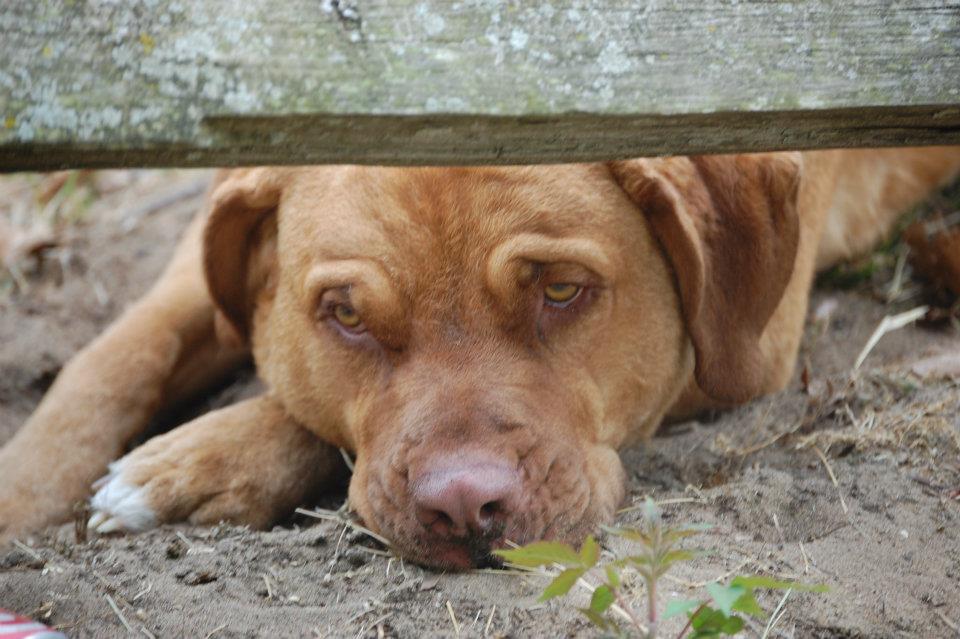
Bloat, a Flip Flop Stomach
Bloat is a condition that affects the GI system, mostly the stomach, but other body systems including the circulatory system can be affected. Food and water enter the stomach through the esophagus and exits into the small intestine after mixing with digestive enzymes. The stomach is very similar to a balloon; both have a remarkable ability to expand many times their normal size. A rapidly expanding stomach can cause bloat, which occurs in two forms gastric dilation and gastric dilation-volvulus (GDV).
In gastric dilation, commonly referred to as food bloat, the stomach can expand many times its normal size displacing other organs and blood vessels as it expands. This stage of bloat is very uncomfortable for the dog, but can become dangerous if the stomach rotates. At this stage the affected dog will still need to see their veterinarian and stay as calm as possible.
In gastric dilation-volvulus the large, heavy stomach can rotate over itself, similar to twisting a balloon before knotting it. Food cannot enter or leave the stomach, however the stomach continues to expand as gas is produced and digestive enzymes are secreted. The rotation and expansion can cut off blood flow to the stomach itself and have a detrimental affect on blood flow returning to the heart. These dogs can have arrhythmias, or abnormal heart rhythms. GDV is life threatening and can kill a dog within hours.
Breeds that are most likely to be affected are deep-chested, large breed dogs, including Great Danes, Greyhounds, St. Bernards, and Weimaraners (to name a few). While large breeds are more prone to bloating, any dog, no matter their size can suffer from bloat. Other risk factors include dogs that only eat one meal a day, have a history of bloat, eat very quickly, and/or dogs that exercise after a meal.
Symptoms of GDV can progress very rapidly. Dogs may show signs of nausea include drooling, they may also retch but not bring anything up. Dogs can have abdominal distension and pain which can lead to refusal to eat or drink, pacing, and restlessness. Upon physical exam by a veterinarian a distended abdomen can lead to a diagnosis of bloat, however radiographs are needed for further diagnosis of bloat with or without torsion of the stomach.
Once a veterinarian has confirmed diagnosis a treatment plan can be made. Many factors such as type of bloat, medical history, breed, and state of shock will determine which treatment option to take. Most commonly bloat is treated surgically or by decompressing the stomach, however depending on the severity other options may be available. Statistically 75% of dogs that bloat will bloat again without surgery. Once stable most dogs undergo a gastropexy procedure, a surgery to tack the stomach to the abdominal wall so it cannot rotate over itself again.
If you feel your dog may be suffering from bloat take them to your veterinarian immediately. Bloat can go from serious to life threatening very quickly and prompt care is vital. You can decrease your pet’s risk of bloat by feeding smaller meals instead of a single large meal, elevating the food bowl, avoiding exercise after eating, and encouraging your dog to eat slower by adding water, using a specially designed bowl, or interactive food toys. High risk breeds may elect to have a gastropexy performed at the same time as their spay or neuter as a preventative.
Veterinary General is located in Shelby Township, Michigan. We offer traditional and alternative therapies such as Acupuncture, Chinese Herbals, and Cold Laser Therapy. More information can be found at www.veterinarygeneral.com.




